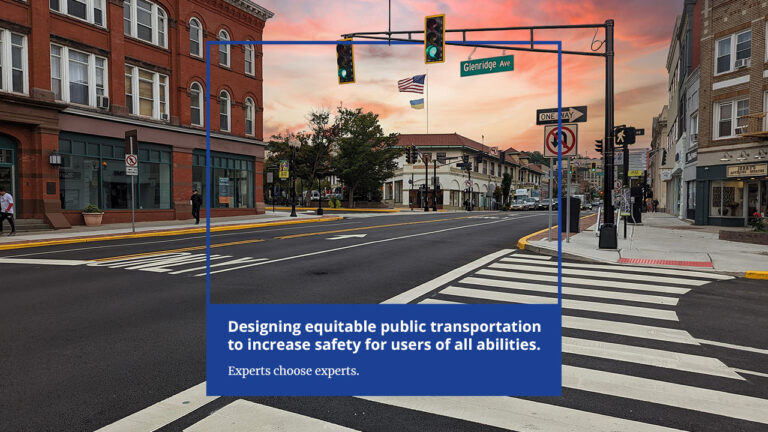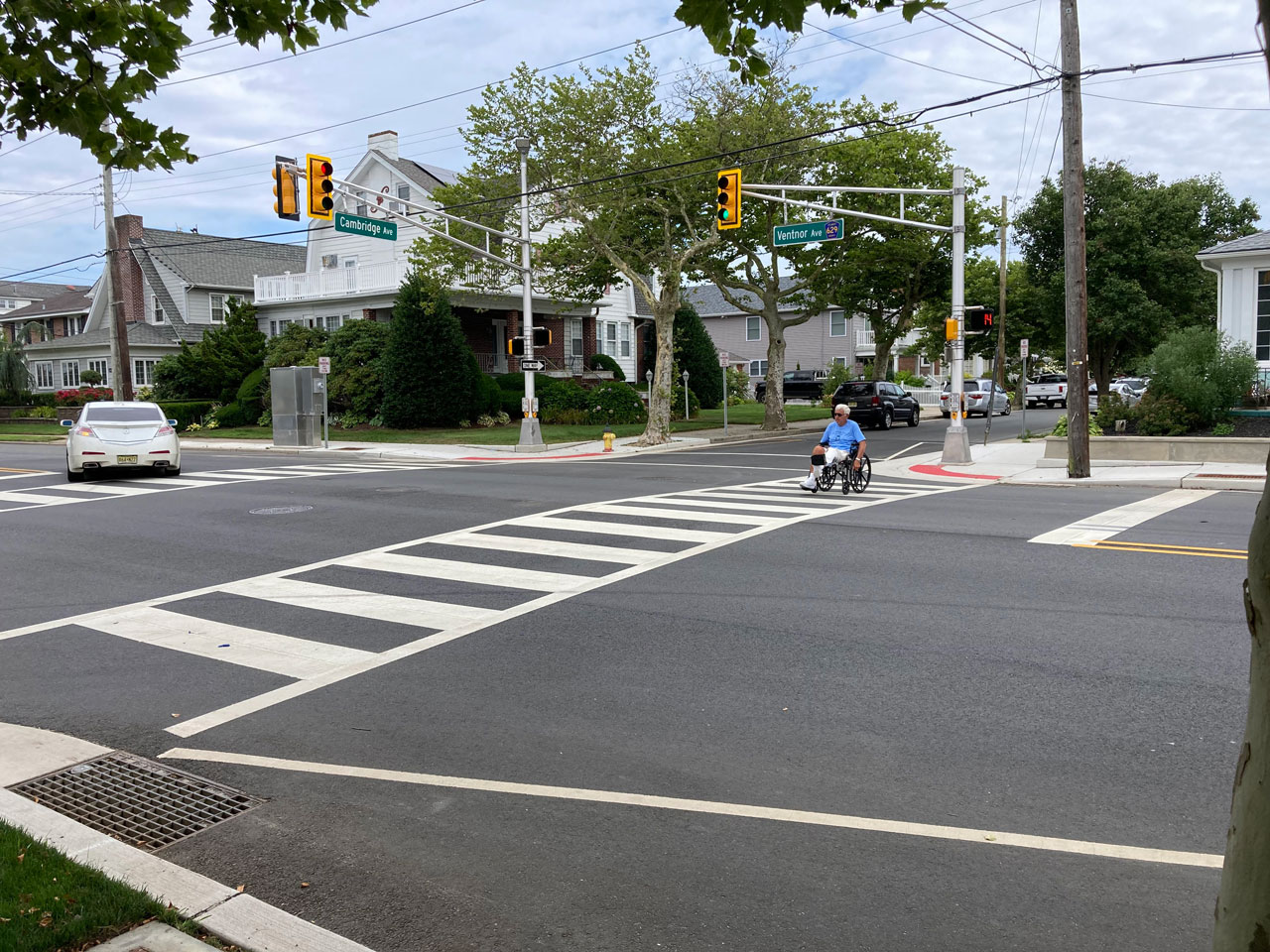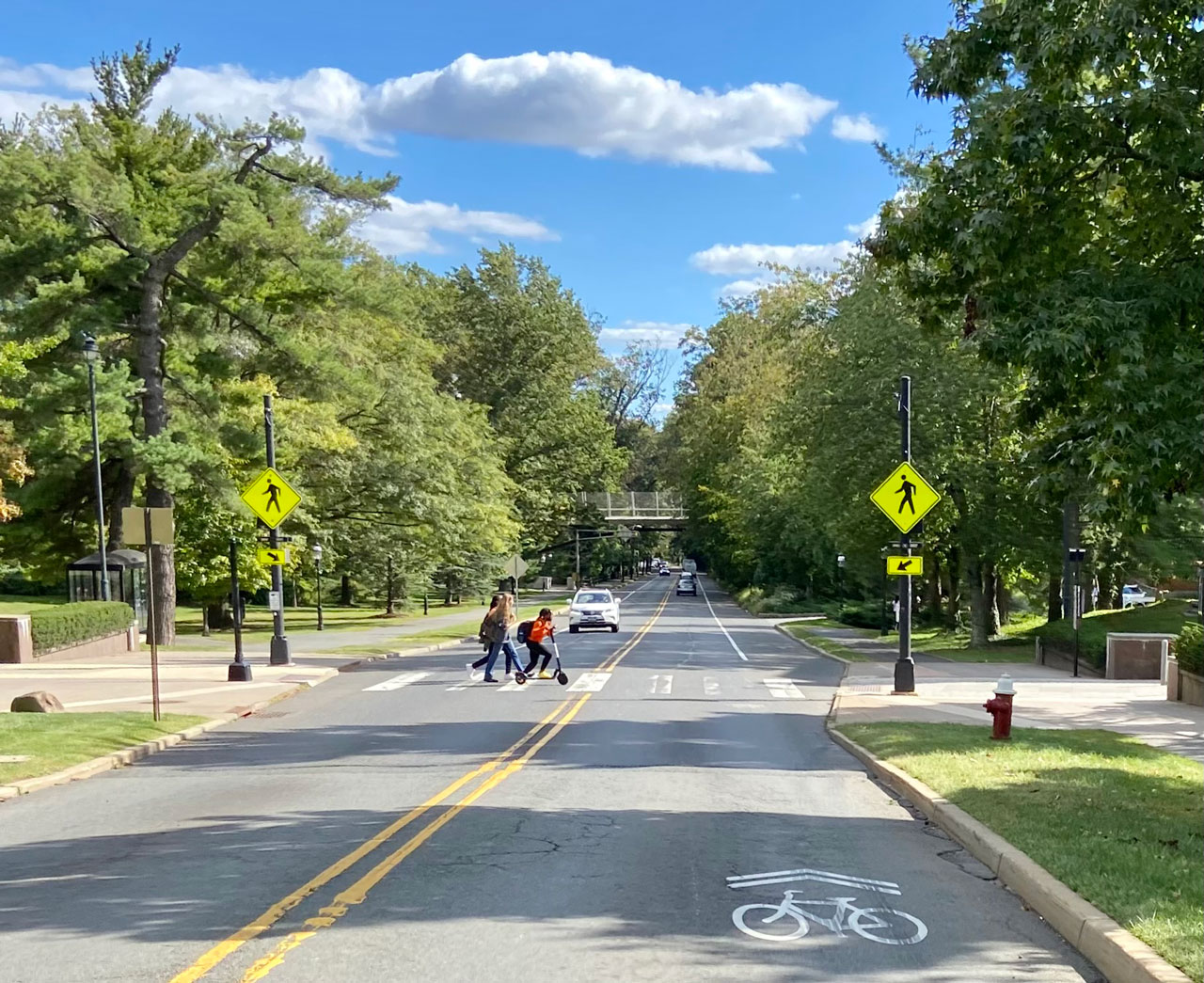Traffic Engineering Equity: Evening Out the Playing Field

Equity in Transportation
In an effort to address ongoing environmental and societal evolution, engineering and architecture firms must be committed to equity in the built environment. For example, at Colliers Engineering & Design (CED), our Environmental Social Governance (ESG) strategies include creating more sustainable, inclusive, and healthier environments, generating lasting value for clients through our enterprising sustainability and advisory services, and helping local communities and supporting charitable initiatives. With these values, we are driven to deliver resilient buildings, inclusive workplaces, and spaces that promote health and wellbeing for our professionals, clients, and communities.
Let’s focus on one engineering department that is driven by Environmental Social Governance every day–the Transportation team.
Traffic Engineering, Equity and Complete Streets
Design and thoughts of equity cannot just be about specific projects. Equity must be a central part of the culture and the way an engineering firm is structured. Discipline Leader of Traffic Transportation Adam Allen explained that our Transportation Department always makes it a priority to design facilities that improve communities for all users of public infrastructure, and embraces Complete Streets. Complete Streets “is an approach to planning, designing, building, operating, and maintaining streets that enables safe access for all people who need to use them, including pedestrians, bicyclists, motorists, and transit riders of all ages and abilities.”

For every project, our transportation professionals ask, “How do we best accommodate all users, including people with disabilities?”
As an example, many people with visual and/or hearing impairments get around by walking. A person with a visual disability might use a cane to walk down and cross the street. To accommodate them, detectable warning surfaces with tactile surfaces on the sidewalk interface with the roadway are installed that enable the user to confirm their location in relation to entering a roadway or intersection. Accessible push button stations on traffic signal poles activate pedestrian signals with audible messages and often include braille on them so the visually impaired can identify the road. Vibratory tactile arrows can also be included as part of the button station such that that a user can determine the intended crossing direction in which they are to travel. There are even accessible push button stations that include smartphone apps that allow users to interact with the station via their phone over Bluetooth. In the event an intersection changes due to updates or repairs, it’s imperative that this accessible features continue to be updated.
USDOT’s Equity Action Plan
The US Department of Transportation (USDOT) adopted an Equity Action Plan, which we follow. Its goals are wealth creation, power of community, interventions, and expanding access. At CED, every project centers on these goals as we strive to build safer and more inclusive roadways, increase power and connection of community, and drive economic vitality.
As an example, CED was tasked with addressing a street that has been an urban interstate-style roadway running straight through the heart of a historically disadvantaged community. While the corridor serves as a critical connection to one of the region’s most iconic and heavily travelled transportation facilities, the roadway itself has become a barrier between neighborhoods by limiting access to travel modes outside of vehicular traffic.
In alignment with the USDOT’s Equity Action Plan, our improvement project will transform this section of roadway into a space that is safer and more inclusive for all users. For example, sidewalks will be widened, and crossings will be shortened to improve and encourage pedestrian accessibility. This transformation will drive expanded access for all, improve the power and connection of community, and will ultimately drive the economic vitality of the city’s neighborhoods.
ITE Sustainability and Equity

CED’s Department Manager of Traffic Engineering Keith Hall is very involved in The Institute of Transportation Engineers (ITE). The organization has a Sustainability Standing Committee that has been leading the organization’s effort on listening sessions to develop a White Paper on how to move equity forward with a balance of social, economic, and environmental impacts in sustainability. As a product of that, an Equity Committee was formed that focuses on the social element. It defines transportation equity as “the fairness with respect to the distribution of access, mobility, connectivity, opportunity, benefits, and impacts of circumstances affecting the provision of a safe, reliable, and affordable transportation system and services”.
So, how do we move forward?
By the very nature of what we do, we are dedicated to the overall welfare of our communities. From adhering to the most current design standards to implementing the latest technologies available, we have a responsibility to continue providing and improving safe, accessible, and equitable environments in which people live and function every day.

Comments are closed.